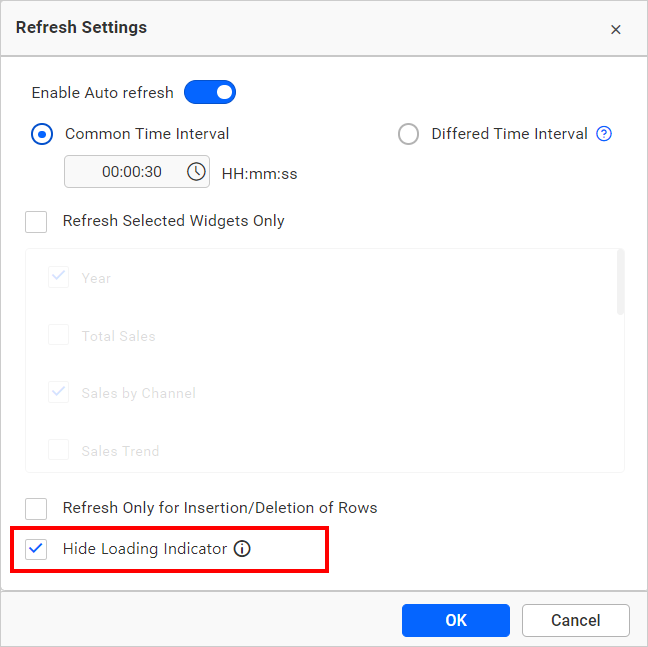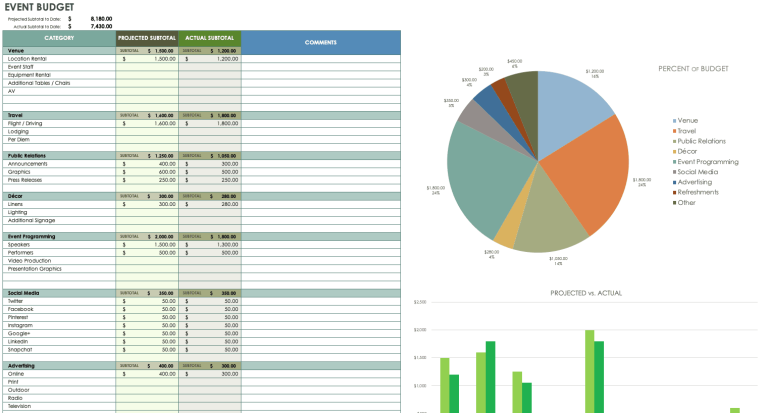
Introduction
In the ever-evolving digital landscape, maintaining a strong online presence is no longer optional—it’s essential. One of the most overlooked yet critical aspects of this effort is managing content decay. As search engines like Google become more sophisticated, they increasingly prioritize content that is fresh, relevant, and aligned with user intent. This is where Content Decay Alerts come into play. These alerts act as early warning systems, flagging pages that are losing relevance or performance over time, allowing you to take action before your SEO efforts suffer.
If you’re a marketer, content creator, or website owner, understanding and implementing Content Decay Alerts can be a game-changer. Not only do they help you identify underperforming pages, but they also enable you to strategically refresh and optimize your content, ensuring it continues to drive traffic, engagement, and conversions.
In this article, we’ll explore what Content Decay Alerts are, why they matter in modern SEO, and how you can use them to keep your content relevant and effective.
What Is Content Decay Alerts and Why It Matters
Content Decay Alerts are automated notifications that flag pages on your website which are showing signs of declining performance or relevance. These alerts typically monitor metrics such as traffic, bounce rate, engagement, and keyword rankings to determine whether a piece of content is “decaying” over time.
Why does this matter? Because even the best content can become outdated. Whether due to changes in search algorithms, shifts in user behavior, or updates in industry standards, content that once performed well may gradually lose its effectiveness. Without regular monitoring, these pages can drag down your site’s overall SEO performance and user experience.
Google’s latest updates emphasize the importance of user-focused content, making it crucial for businesses to maintain high-quality, up-to-date information. Content Decay Alerts help ensure that your website remains competitive by identifying pages that need attention before they fall out of favor.
How Content Decay Alerts Impact SEO Performance
The impact of Content Decay Alerts on SEO is significant. Here’s how:
1. Improved User Experience
Pages that are outdated or irrelevant can lead to higher bounce rates and lower dwell times. By identifying and refreshing these pages, you improve the overall user experience, which signals to search engines that your site is valuable and trustworthy.
2. Higher Search Rankings
Google prioritizes content that is accurate, up-to-date, and aligned with user intent. Pages flagged by Content Decay Alerts often lack these qualities. Refreshing them can help improve their rankings, increasing organic traffic and visibility.
3. Increased Engagement
Fresh, relevant content encourages users to stay longer, engage more, and return to your site. This not only improves your SEO but also strengthens brand loyalty and trust.
4. Better Conversion Rates
Well-maintained content can lead to better conversion rates. For example, product pages that are updated with the latest features and pricing can drive more sales. Similarly, blog posts that reflect current trends can generate more leads and interactions.
5. Cost-Effective Optimization
Instead of creating entirely new content, you can focus on revamping existing pieces. This approach saves time, resources, and budget while still delivering results.
Step-by-Step Implementation Framework
Implementing Content Decay Alerts requires a structured approach. Follow this framework to effectively identify and refresh declining pages:
1. Define or Audit the Current Situation
Start by conducting a comprehensive audit of your website. Use tools like Google Analytics, Screaming Frog, or Ahrefs to gather data on traffic, engagement, and page performance. Identify pages that have seen a decline in traffic, high bounce rates, or poor rankings.
2. Apply Tools, Methods, or Tactics
Leverage Content Decay Alert tools like:
– Google Search Console – Tracks indexing issues and crawl errors.
– SEMrush or Ahrefs – Monitors keyword rankings and competitor activity.
– Contentoo or other AI-powered tools – Automates the detection of declining content.
Set up alerts for specific metrics (e.g., traffic drop, keyword rank decline) so you’re notified when a page needs attention.
3. Measure, Analyze, and Optimize
Once you’ve identified declining pages, analyze their performance using the following steps:
– Update Information: Replace outdated data, references, or keywords.
– Improve SEO: Optimize meta tags, headers, and internal links.
– Enhance User Experience: Add visuals, improve readability, and ensure mobile responsiveness.
– Track Results: Monitor the page’s performance after the refresh to measure improvements.
By regularly reviewing and updating your content, you can maintain its relevance and effectiveness over time.
Real or Hypothetical Case Study
Let’s look at a hypothetical scenario involving a mid-sized e-commerce company, TechGear Inc..
TechGear had a blog post titled “Top 10 Smartphones of 2020.” While it initially drove decent traffic, over time, it lost relevance as newer models were released. The page saw a 40% drop in traffic and a 65% increase in bounce rate.
Using Content Decay Alerts, TechGear identified this page as underperforming. They then refreshed the content by:
– Updating the list to include 2024 models.
– Adding new reviews and comparisons.
– Optimizing the title and meta description for current keywords.
After the refresh, the page saw a 35% increase in traffic and a 20% improvement in engagement. This case study highlights the power of Content Decay Alerts in revitalizing old content and driving meaningful results.
Tools and Techniques for Content Decay Alerts
Here are some of the top tools and techniques for managing Content Decay Alerts:
-
Google Search Console
Tracks indexing issues, crawl errors, and search performance. Ideal for identifying pages with technical problems or declining rankings. -
Ahrefs
Offers keyword tracking, backlink analysis, and content gap identification. Helps spot pages that are losing visibility in search results. -
Screaming Frog
Scans websites for technical SEO issues, broken links, and content decay. Useful for large-scale audits. -
Contentoo
An AI-powered tool that automates the detection of outdated content and suggests optimizations. Great for scaling content refresh efforts. -
SEMrush
Provides insights into keyword performance, competitor analysis, and content optimization opportunities. -
Google Analytics
Tracks user behavior, bounce rates, and traffic trends. Essential for identifying pages that are no longer engaging visitors.
These tools work together to give you a comprehensive view of your content health and help you act quickly when decay is detected.
Future Trends and AI Implications
As AI continues to shape the future of search, Content Decay Alerts will become even more powerful. With advancements in natural language processing and machine learning, AI tools will be able to predict content decay before it happens, offering proactive recommendations for updates.
Additionally, platforms like Google’s Search Generative Experience (SGE) are changing how users interact with search results. Content that is fresh, relevant, and well-structured will be more likely to appear in AI-generated summaries and featured snippets.
To stay ahead, consider integrating AI-driven content management systems that automatically flag and suggest updates for underperforming pages. This will not only save time but also ensure your content remains competitive in an evolving digital landscape.
Key Takeaways
- Content Decay Alerts are essential for identifying and addressing pages that are losing relevance or performance.
- Regularly auditing and refreshing your content ensures it remains aligned with user intent and search engine guidelines.
- Using tools like Google Search Console, Ahrefs, and AI-powered platforms can streamline the process and improve efficiency.
- Refreshing content is cost-effective and can significantly boost traffic, engagement, and conversions.
- Staying ahead of AI trends and algorithm updates will help your content remain competitive in the long run.
Meta Title: Content Decay Alerts — Flags declining pages for refresh
Meta Description: Learn how Content Decay Alerts help identify and refresh declining pages to improve SEO performance and user engagement.
SEO Tags (5): content decay alerts, content refresh, SEO strategy, digital marketing, content optimization
Internal Link Suggestions: [Search Intent Alignment], [Content Clustering], [Evergreen & Fresh Balance]
External Source Suggestions: https://www.google.com/search-console/, https://ahrefs.com/, https://www.screamingfrog.co.uk/









